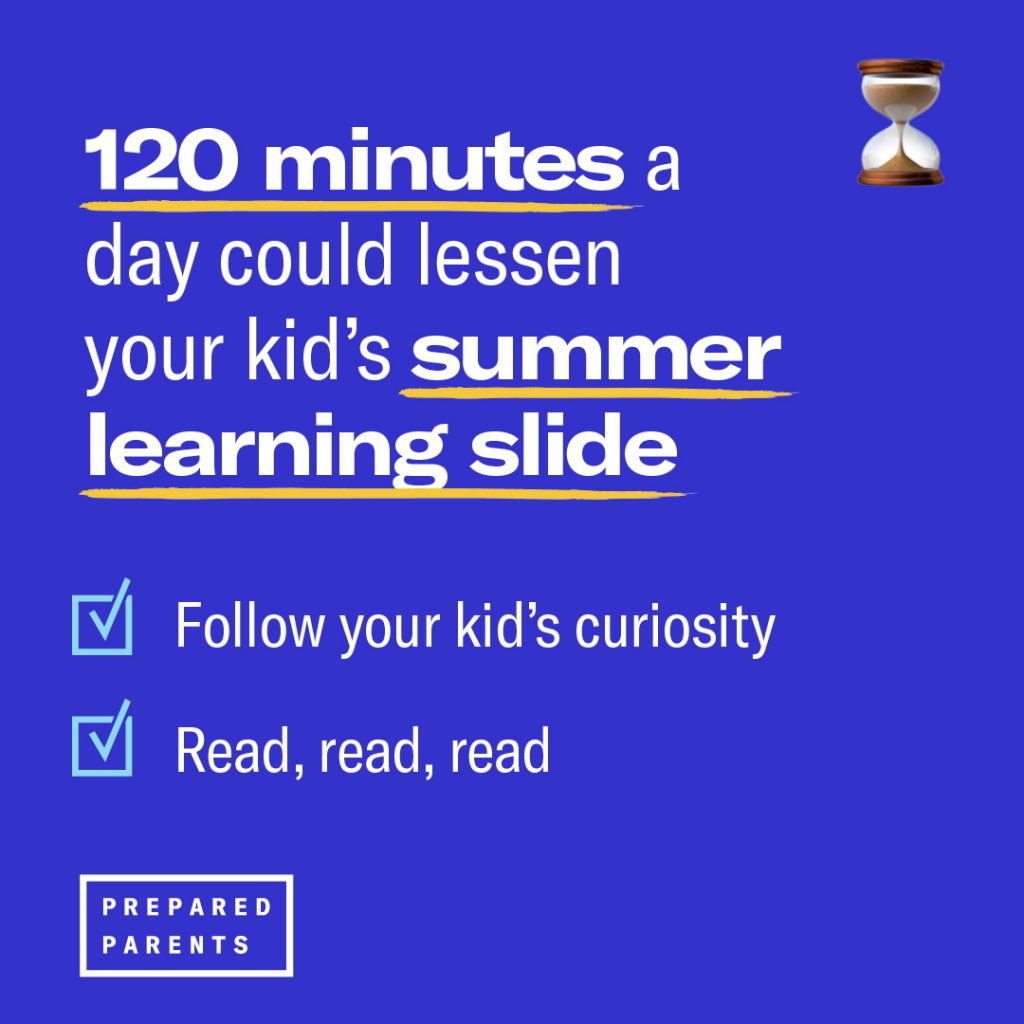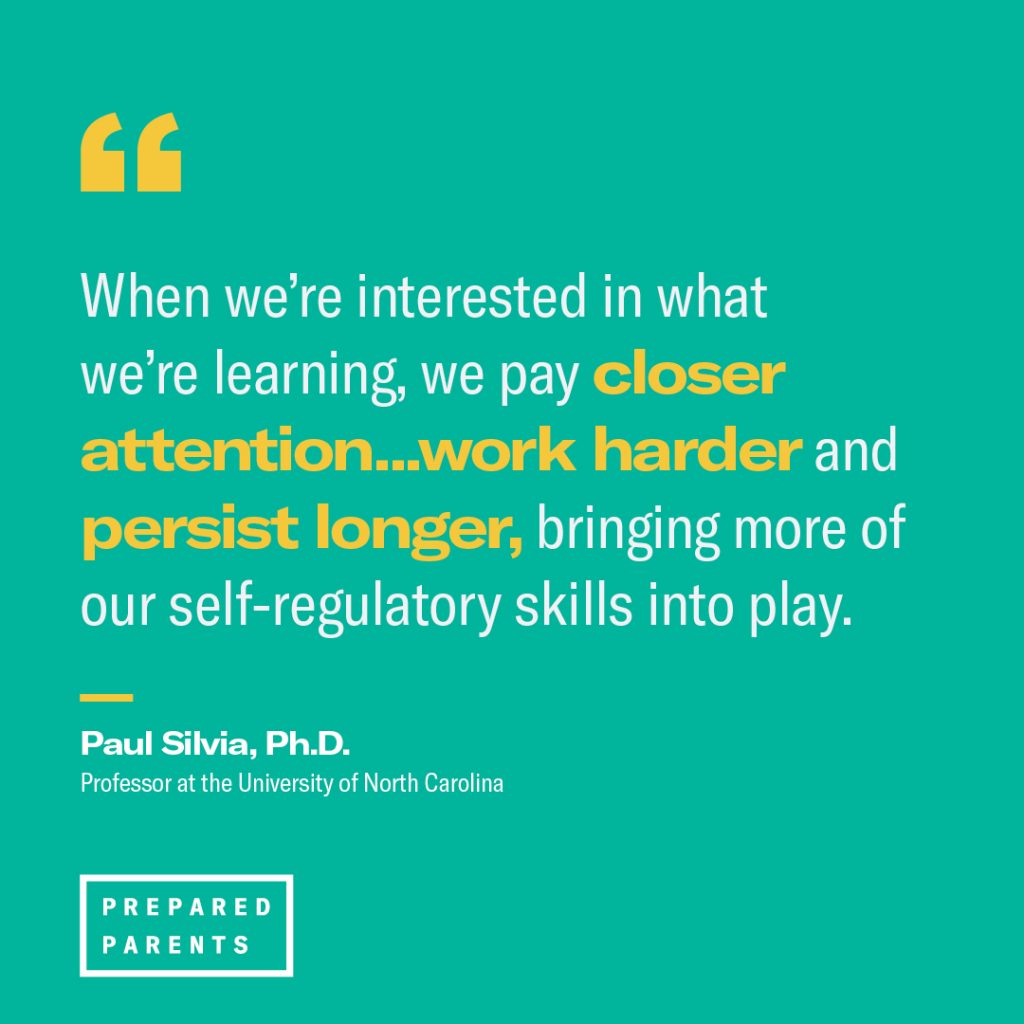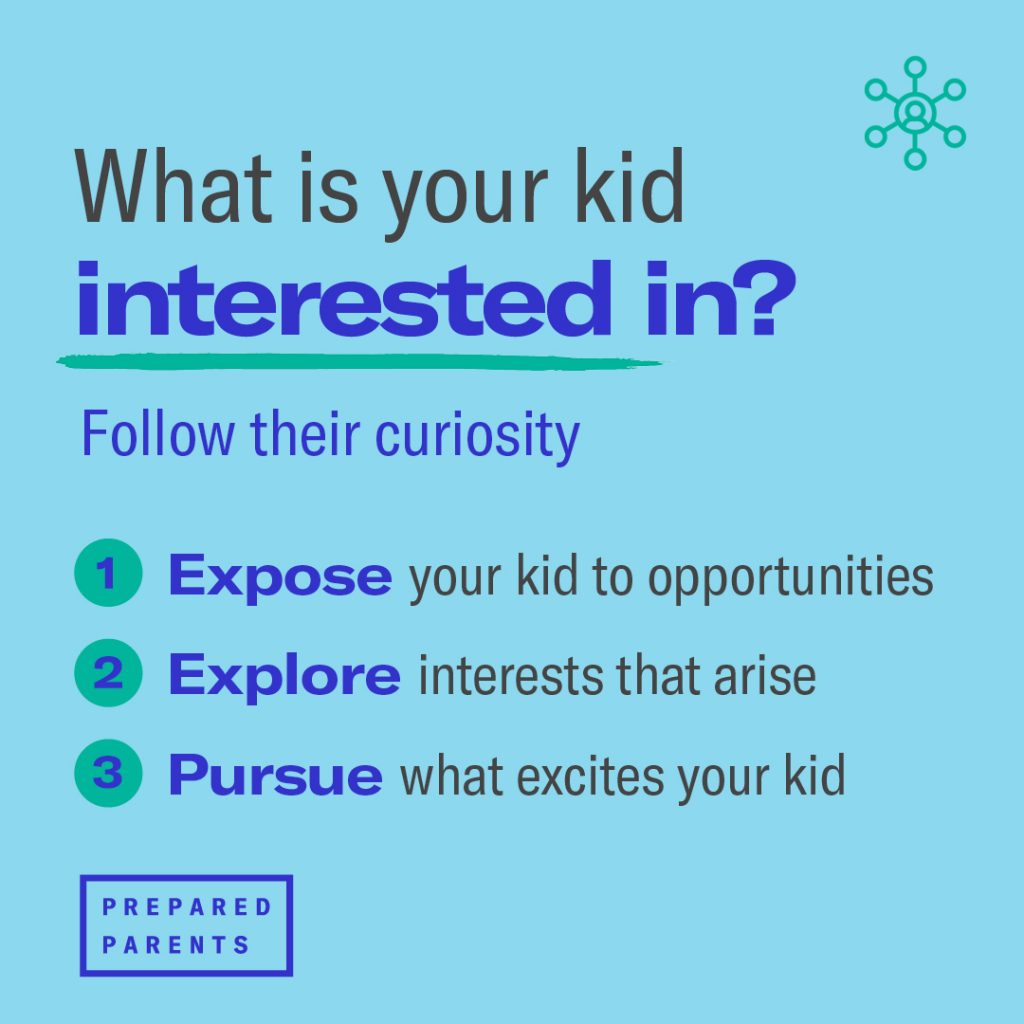Just because kids aren’t in the classroom doesn’t mean learning has to stop. Taking time each day to focus on two cornerstones of learning, curiosity and reading, will set your kid up to develop the foundational skills and habits that will prepare them well for their return to school.

All learning is built on the foundation of reading. It increases vocabulary, expands knowledge, and even reduces stress. And psychologists view curiosity as a life force, vital to happiness, intellectual growth, and wellbeing. It makes the brain more receptive to learning. In fact, research shows that when we’re curious, we’re willing to learn information that doesn’t seem that interesting or important. If that information tells us more about the thing we’re curious about, we will remember it and will want to learn even more. Satisfying our curiosity is its own reward.
Curisosity
Learning scientists consider curiosity to be one of the top three most important habits (along with purpose and self-direction) our kids need to be successful in school, and in life. Curiosity is the first step of your kid finding the things they’re deeply interested in, which can lead to finding purpose. It’s not about what they want to do for college or career, it’s about figuring out who they are, what they care about, and what impact they want to have on the world. It takes time, but through exposure and exploration, you can help your kid narrow down and pursue their deepest interests.
The science of interest looks at what makes things interesting, and how we can cultivate interest in ourselves and others. Researchers are finding that interest can help us think more clearly, understand more deeply, and remember more accurately.

University of North Carolina Professor, Paul Silvia, Ph.D., says, “Interest is a knowledge emotion. It diversifies experience, but also focuses experience by narrowing our choices, leading us to pay attention to this and not to that.”
Silvia explains that interest turbocharges our thinking. “When we’re interested in what we’re learning, we pay closer attention and we process the information more efficiently. When we’re interested in a task, we work harder and persist longer, bringing more of our self-regulatory skills into play.”
Reading
Literacy is critical to academic development because it forms the foundation of learning. Just 20 minutes of reading daily promotes brain development, improves listening skills, builds literacy, and elevates academic performance. Reading increases vocabulary, expands knowledge, and even reduces stress. In fact, books contain 50% more words than regular conversation, tv, or radio.
A kid who is curious is interested in lots of things they want to understand better. They’re willing to be challenged to seek out more information and experiences so they’ll ask lots of questions to deepen their understanding. A curious kid will move out of their comfort zone to gain more knowledge. Because they really want to understand they’ll push themselves to look at new and different perspectives. When curiosity and effort are combined, they influence a kid’s success as much as intelligence does. And since kids are innately curious, tap into that:

- Get together and make a list of the things your kid is curious about. If they say it’s bugs, ask them what about bugs they’d like to learn. Use Prepared Parents’ Explore, Expose, Pursue tool to guide this exploration.
- Resist the temptation to cram facts into their head; instead encourage them to explore on their own.
- Answer those I wonder questions that follow their curiosity. Between the ages of two and five kids ask an average of 40,000 questions. They stop around age six when they get the message that mom and dad may be frustrated by all the why’s. Don’t shut them down. Use these questions to prompt them to chase the answers themselves.
- Provide the tools and leave them alone. Here’s an opportunity for kids to develop the skills to dig deep. Mastering these builds confidence. When curiosity ignites a spark, light the fire. You’re engaging your kid in ways that could lead to purpose and that’s central to fulfillment. Kids with purpose know who they are and what motivates them.
Make it an event:
- Take time to choose a book. Talk to your kid about what they’re interested in reading. Ask questions like these:
- I noticed you’ve been talking about ______. Should we read about that?
- You really enjoyed playing soccer in the yard. Want to read a story about soccer?
- You had a lot of questions about yesterday’s thunderstorm. Should we find a book about that?
Great Schools has compiled a comprehensive book list for kids sorted by grade level. Check out books on diversity here. Download the free app Libby to access e-books and other reading resources from your local library.
- Share the responsibility.
- Take turns reading to each other. Your kid will feel loved and secure thanks to this undivided attention.
- Don’t rush. You want your kid to associate reading with a positive experience.
- Be patient while they read to you. This is about them becoming confident readers.
- Don’t continually correct mistakes. That can feel frustrating to a kid.
- Offer help when asked.
- Be a critical reader. Pause occasionally to reflect on the story and ask:
- What details stand out?
- How would you respond to the situation the characters are in?
- Is there an alternate ending you’d prefer?
- Act it out. If you don’t have the skills and knowledge you need to provide an effective demonstration, find— or help your kid find—an expert, such as, for example, a reliable YouTube video.
- Read side-by-side. Kids should see you reading. Sit down together with your books and read simultaneously. Then talk about what you’re both reading and share interesting information, stories, and ideas. You’re not only modeling reading, but discernment and critical analysis.

